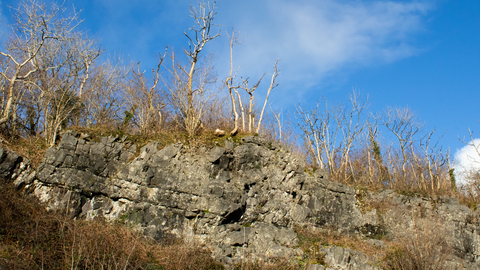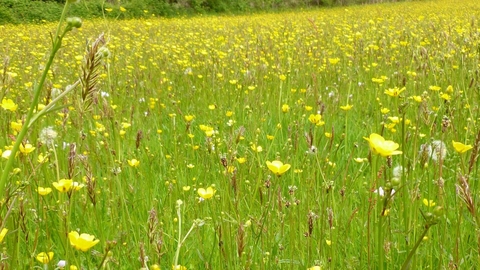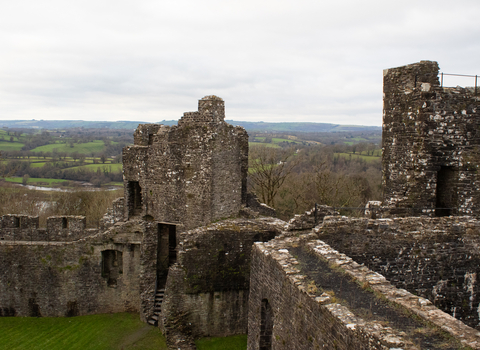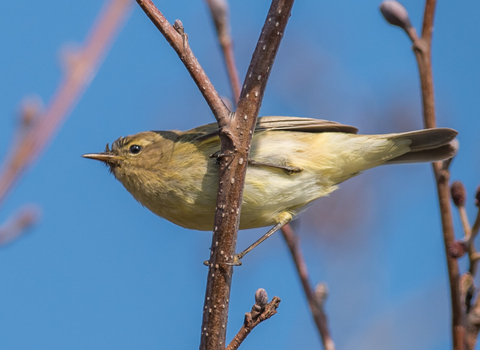Ash die back is present on the reserve but we are managing it, however visiting during strong winds is ill advised.

Carmel © Grace Hunt

Carmel, Llandeilo
Location
Know before you go
Dogs
When to visit
Amseroedd agor
Open access.Amser gorau i ymweld
SummerAm dan y warchodfa
Mosaic of unimproved and semi-improved grassland (both neutral and calcareous), marshy grassland, and broadleaf woodland with quarries and lime kilns.
Carmel comprises a mosaic of habitats with a distinct patchwork pattern of woodland blocks, with the intervening grassland rides kept open by grazing animals.
Surrounding this grassland-woodland mosaic are a number of unimproved and semi-improved hay meadows which are also grazed after the hay crop is taken each summer. The woodland is dominated by Ash with large amounts of coppiced Hazel, also Spindle and Hawthorn.
There is a typical spring limestone ground flora including Bluebell, Dog’s Mercury, Wood Anemone, Wild Garlic and Hart’s-tongue Fern. Scarcer plants occurring here include Lily-of-the-valley and Herb Paris. Parts of the reserve, particularly the western Pwll Edrychiad block, are covered in large areas of freely-draining species-rich neutral grassland which host different species including Common Knapweed, Bird’s-foot Trefoil and Devil’s-bit Scabious.
The lower parts of this block also host marshy grassland and some of the upper limestone ridge is covered in a scrubby layer of Bracken and Gorse, which provides good habitat for reptiles. Dormice have been discovered in the south western corner of the reserve in the well connected network of wooded patches and hedgerows. A wide range of birds use the varied habitats including Willow Tit, Green Woodpecker, Great Spotted Woodpecker and many more.
The site has a fascinating cultural heritage. Quarrying of limestone reached a peak in the nineteenth century and two large quarries and several old lime kilns are still clearly visible on the reserve. Quarrying on this site is thought to have stopped around 1900. The woodland boundaries have probably changed relatively little since this time, remaining on the rockier outcrops whilst other trees were cleared to create pastures on the deeper soils.



